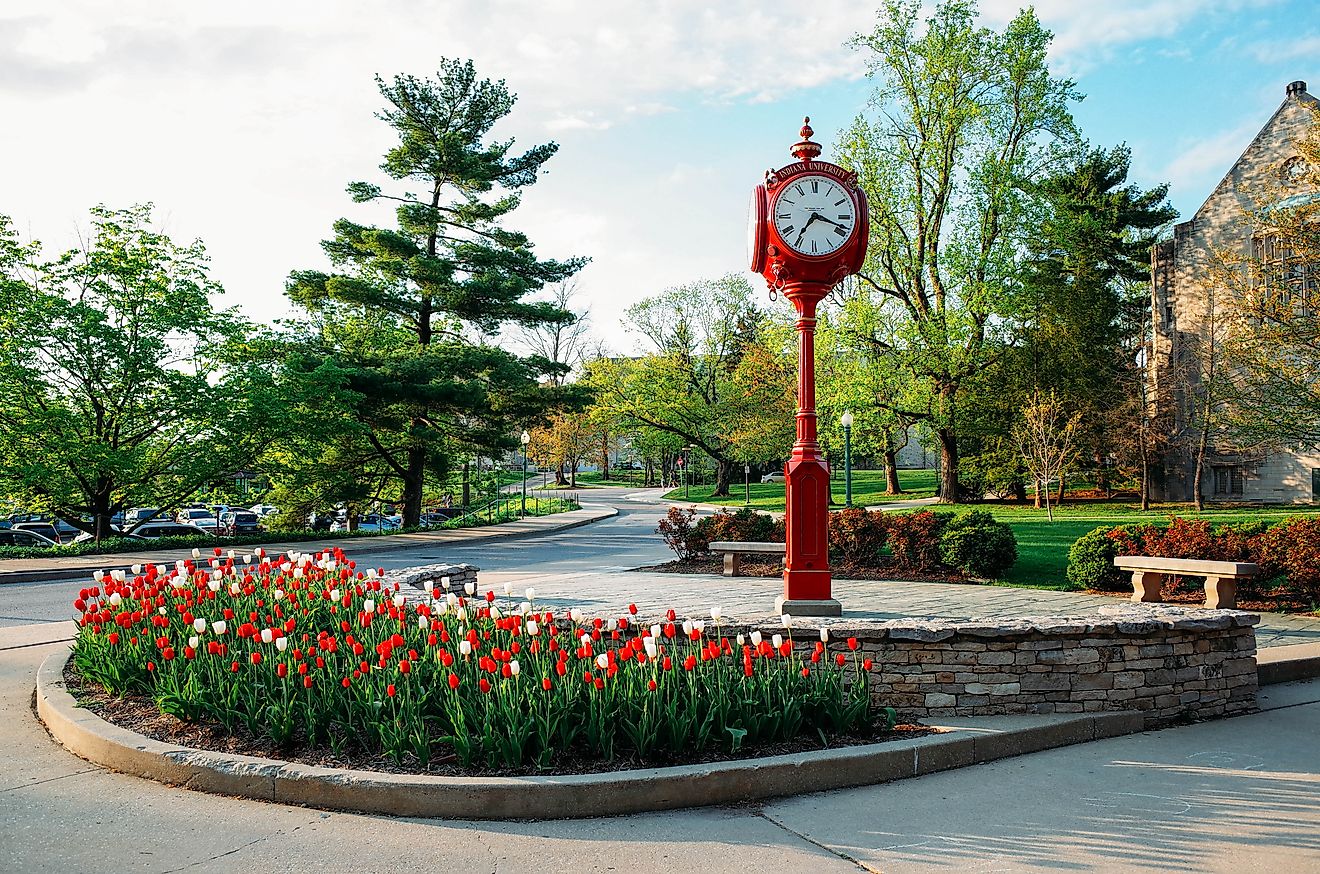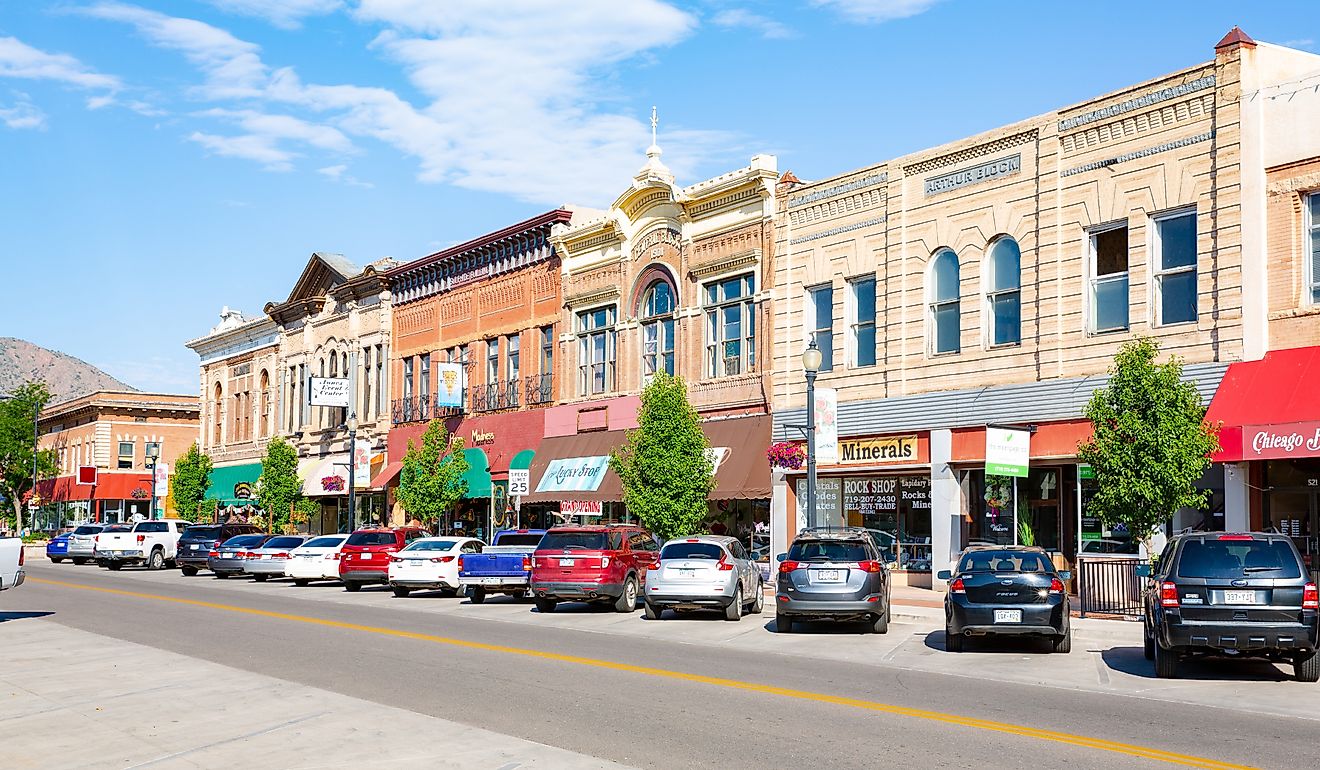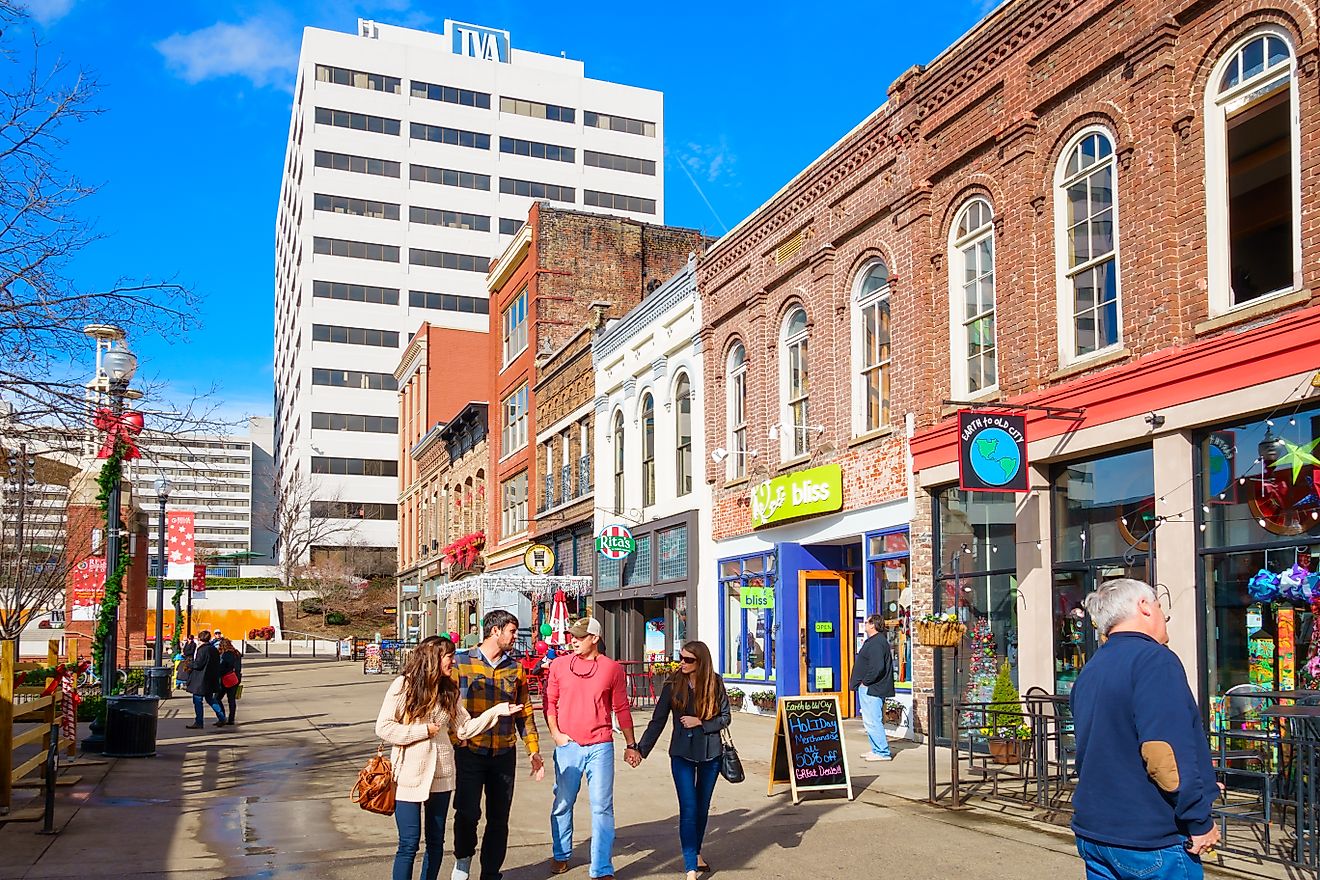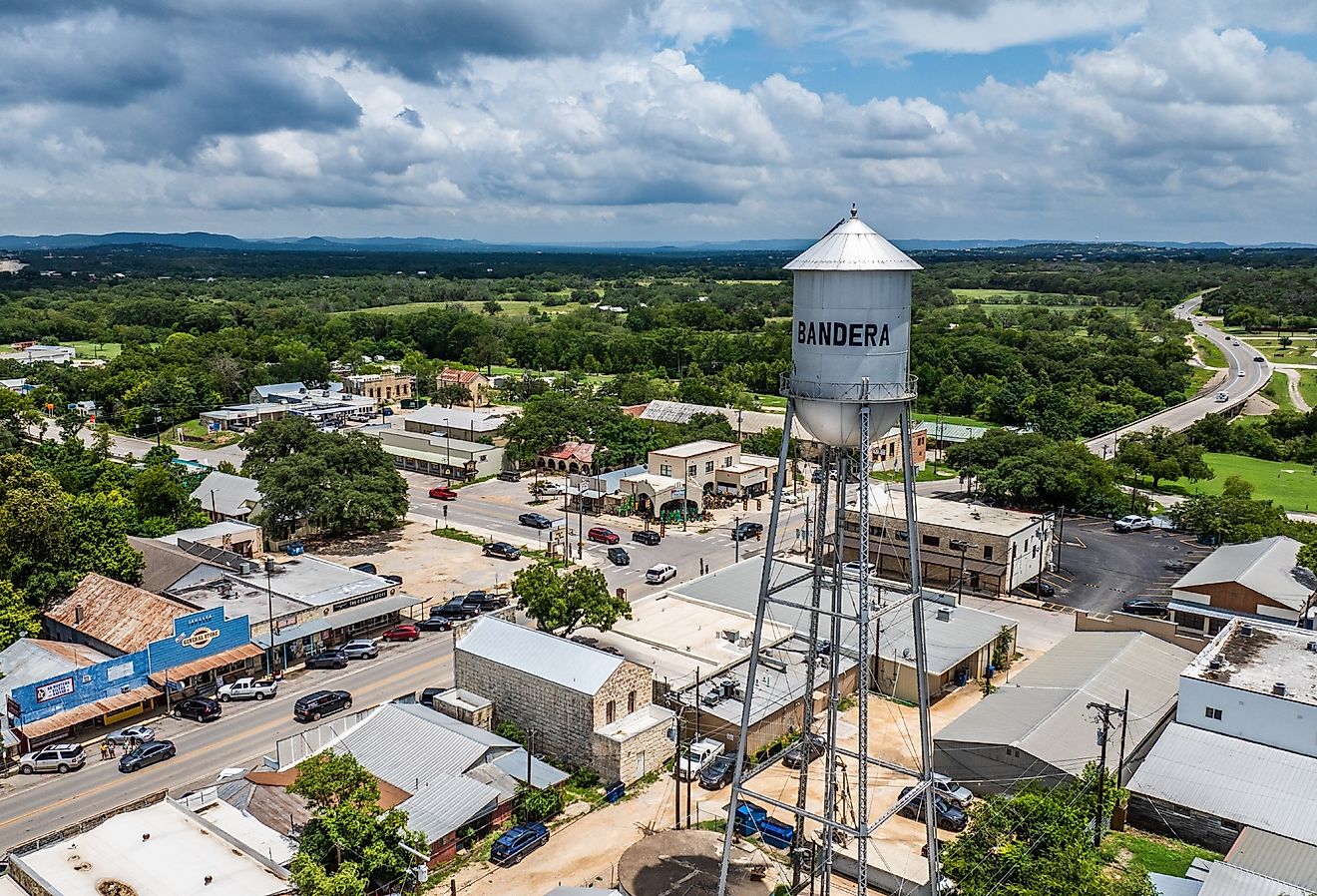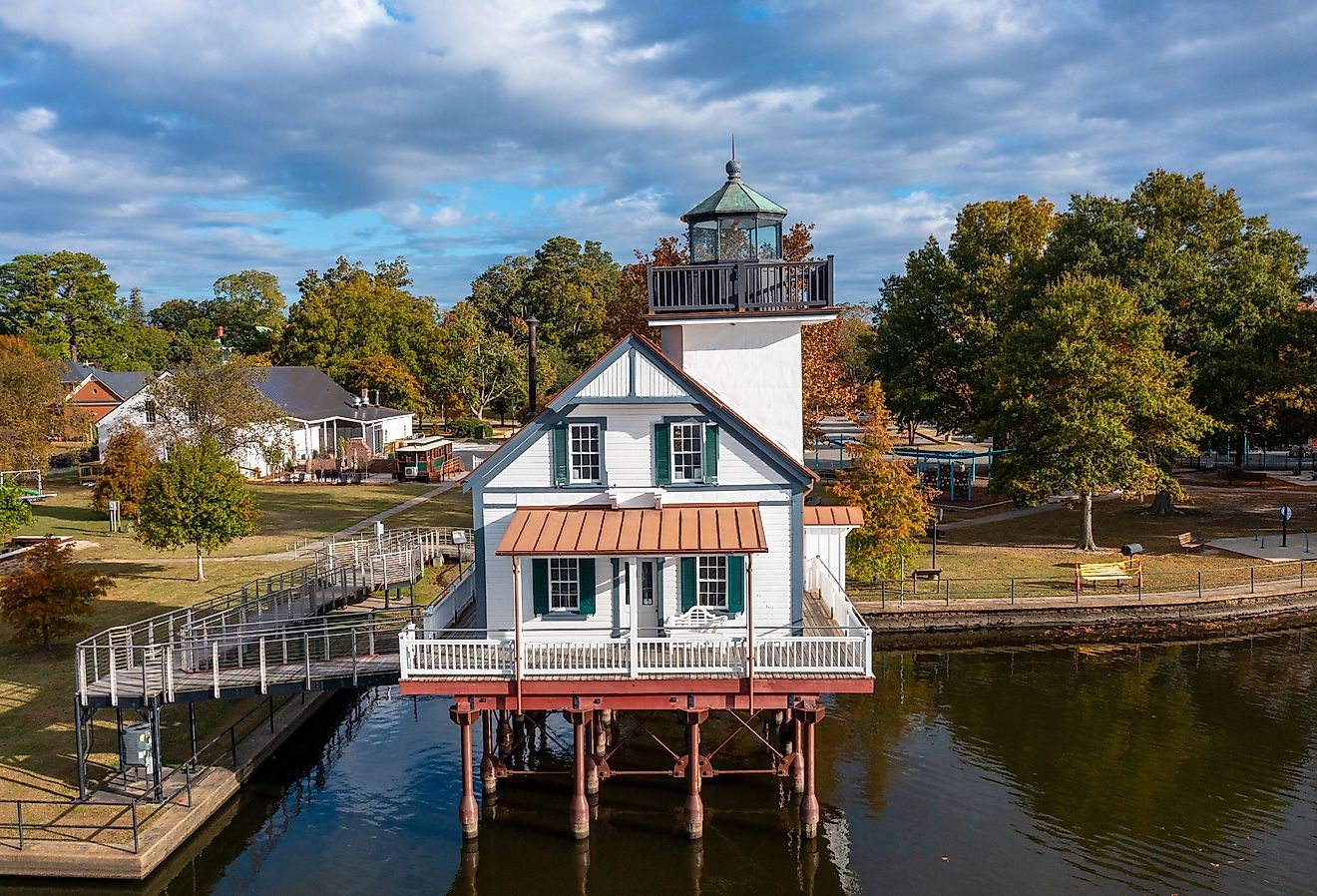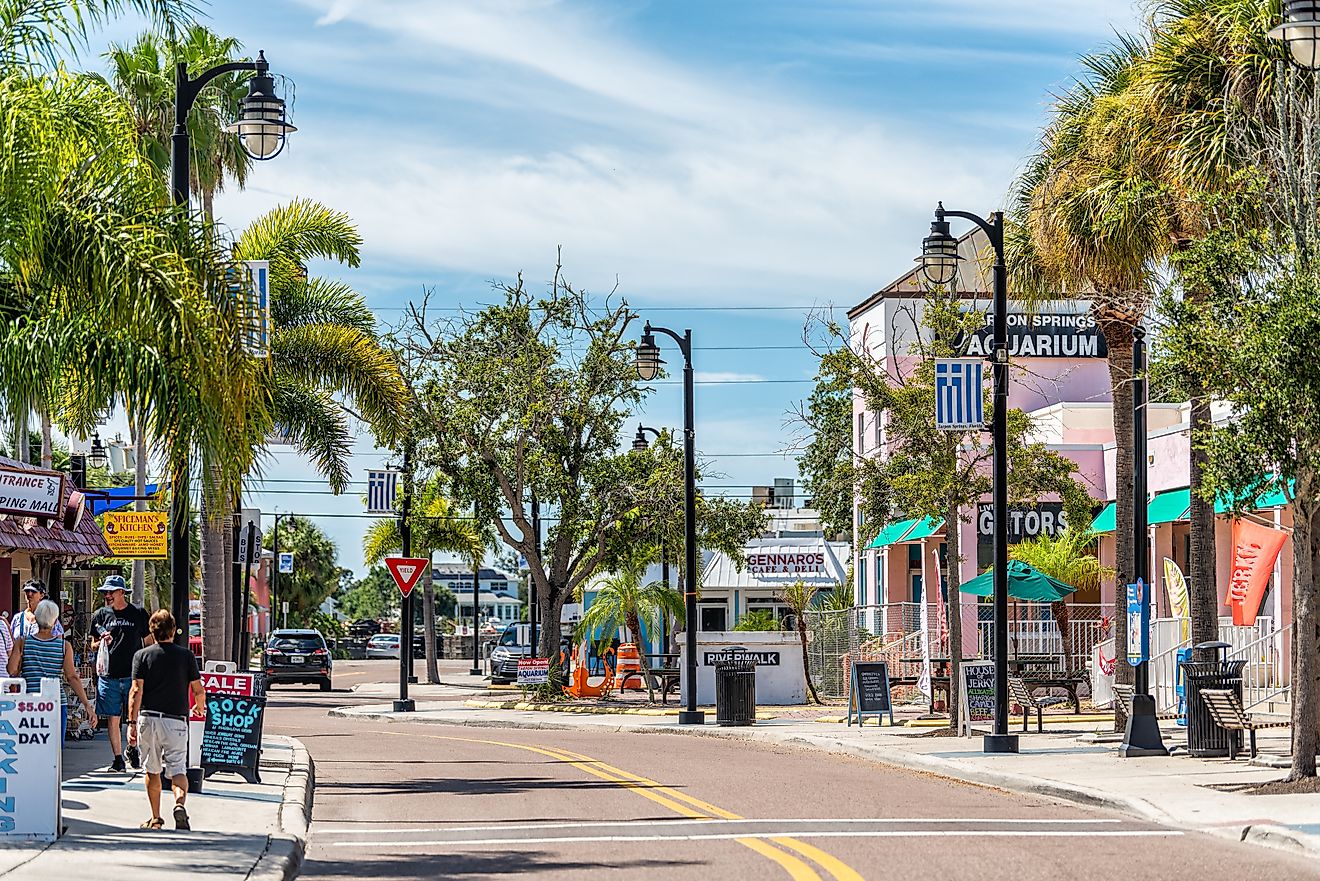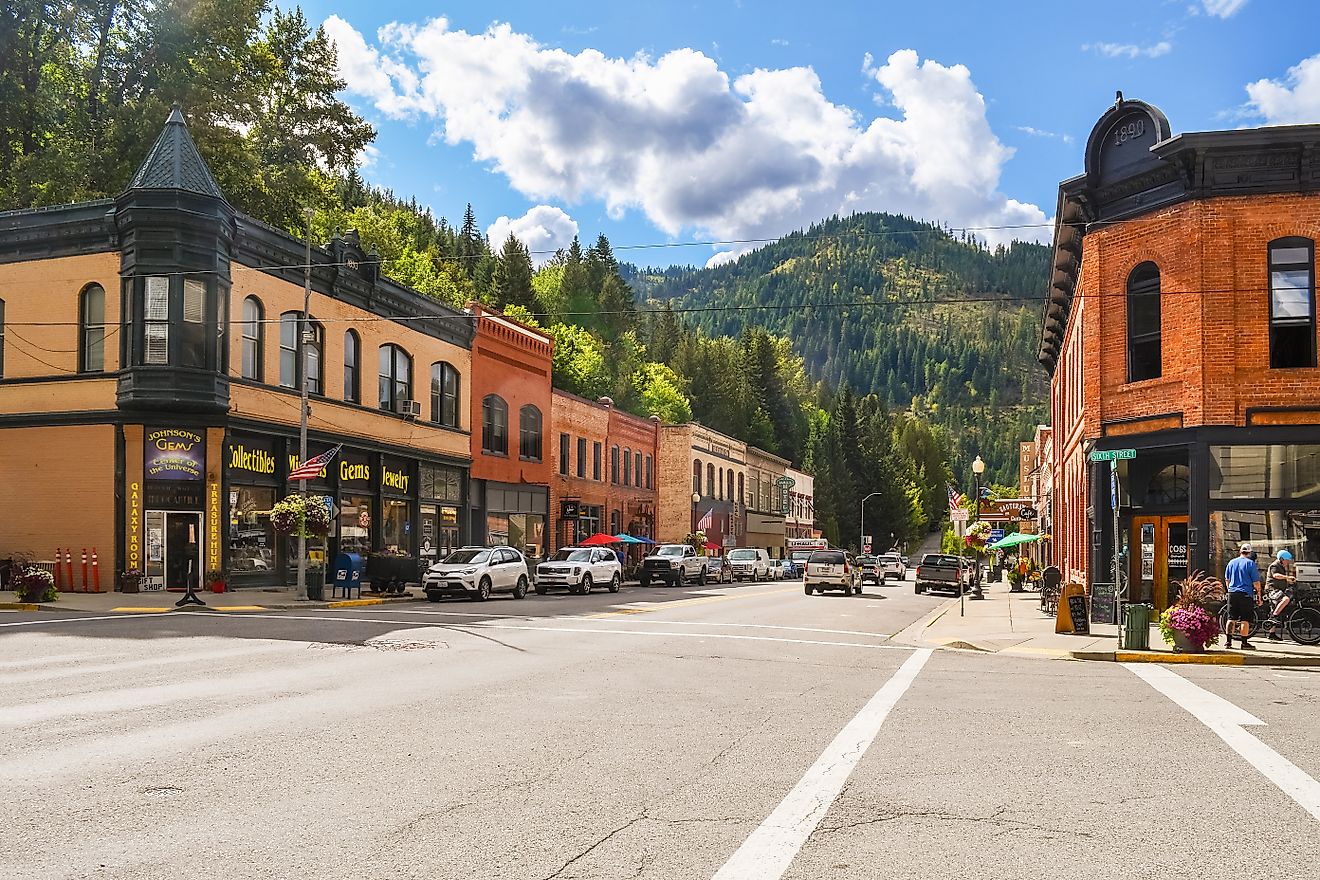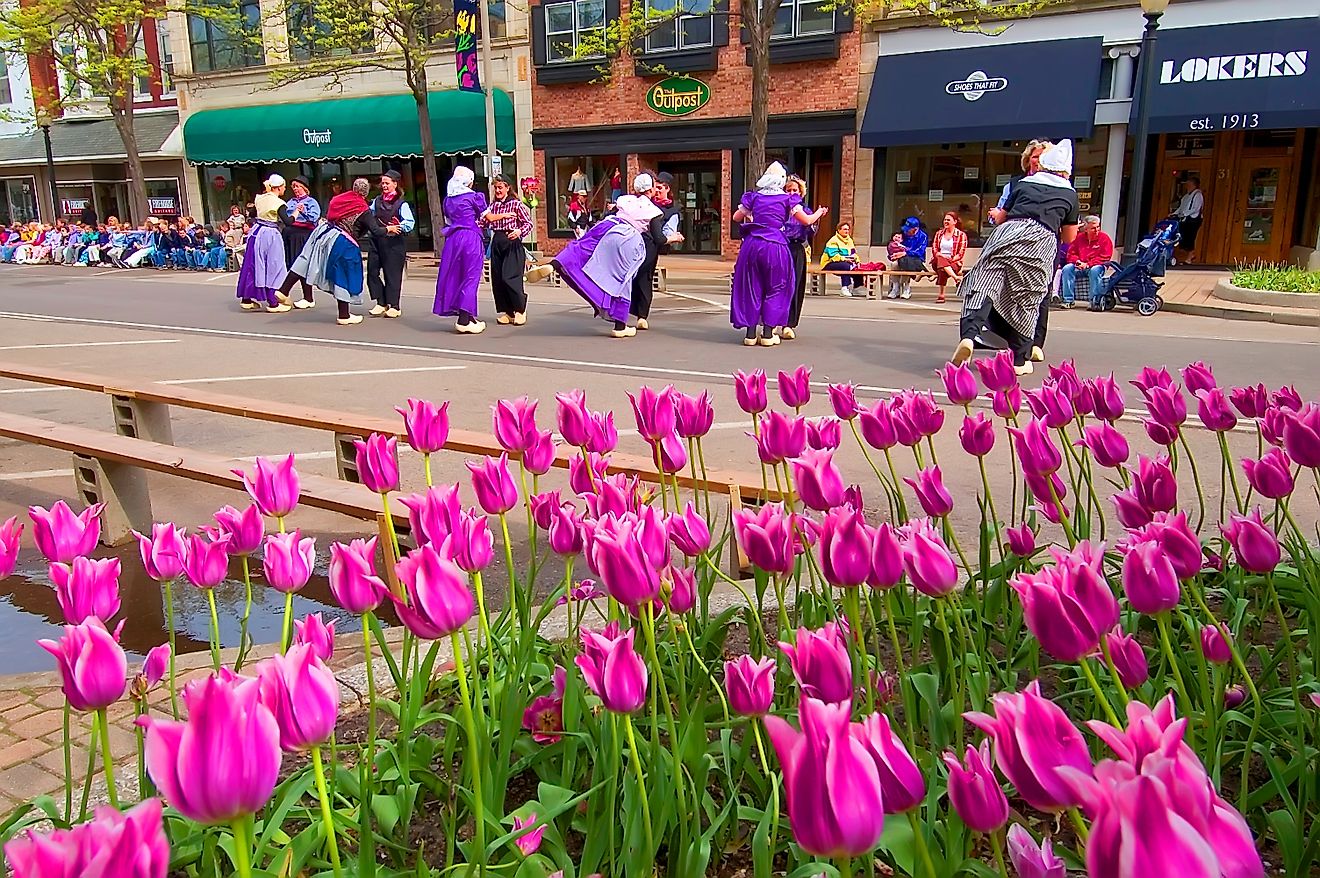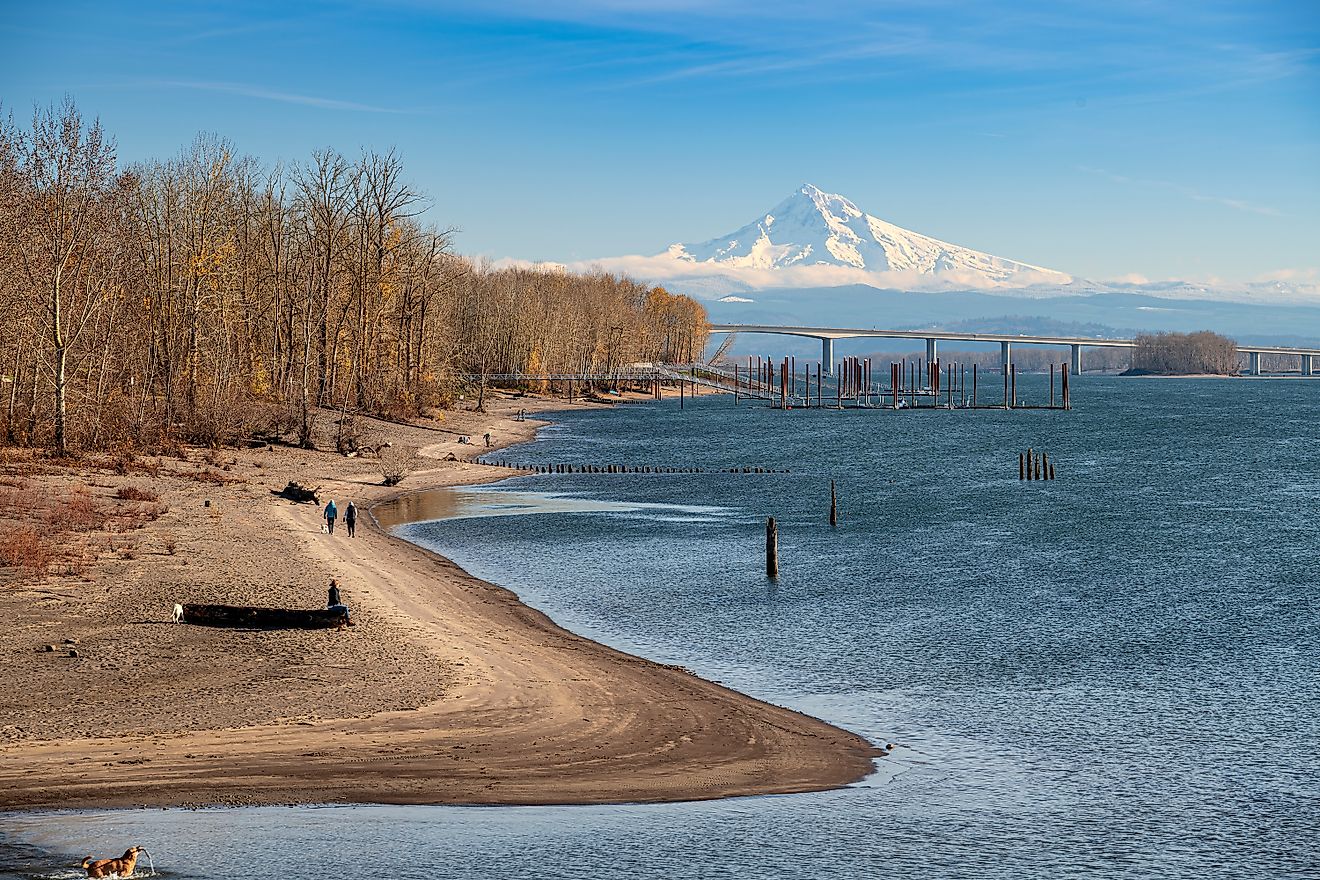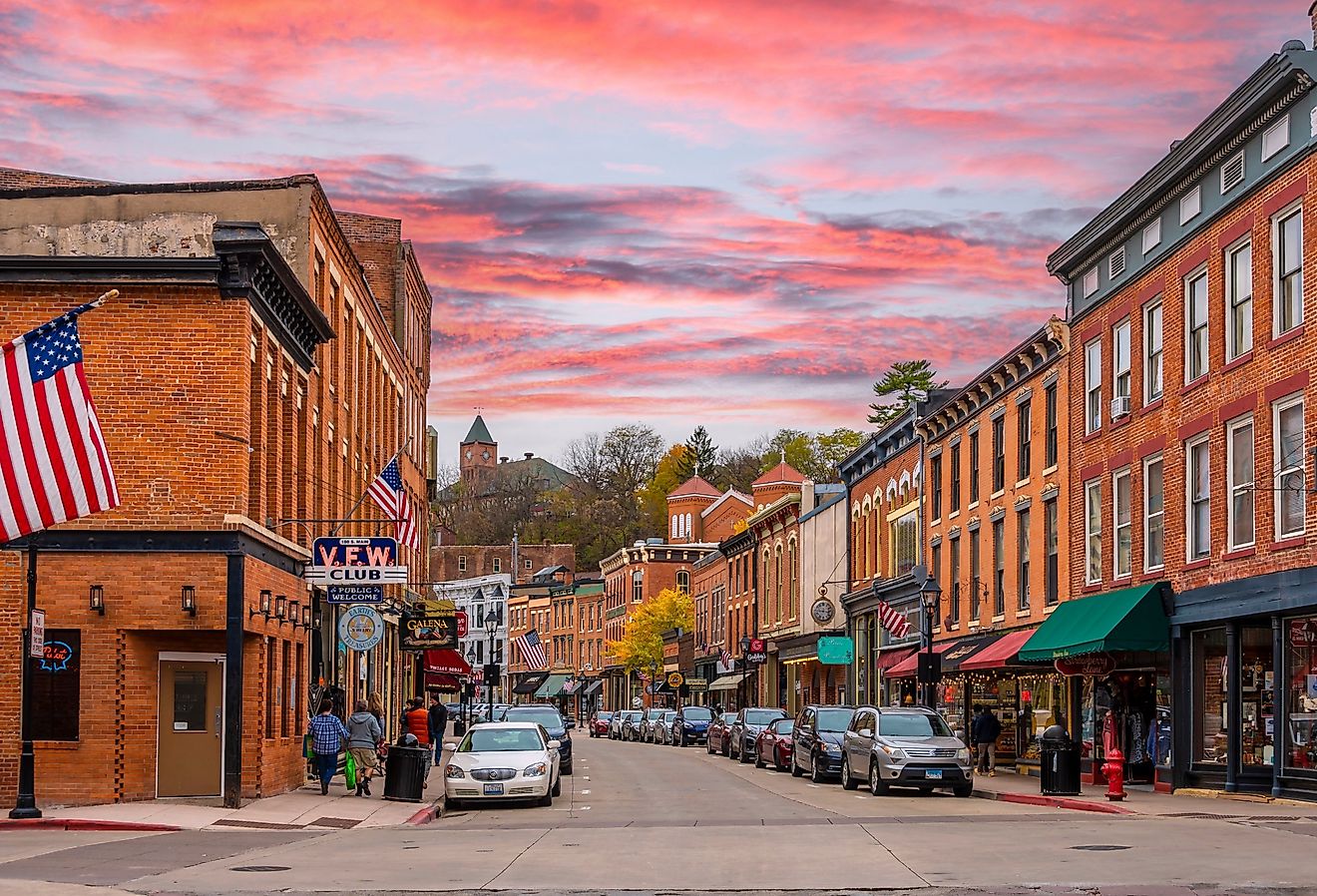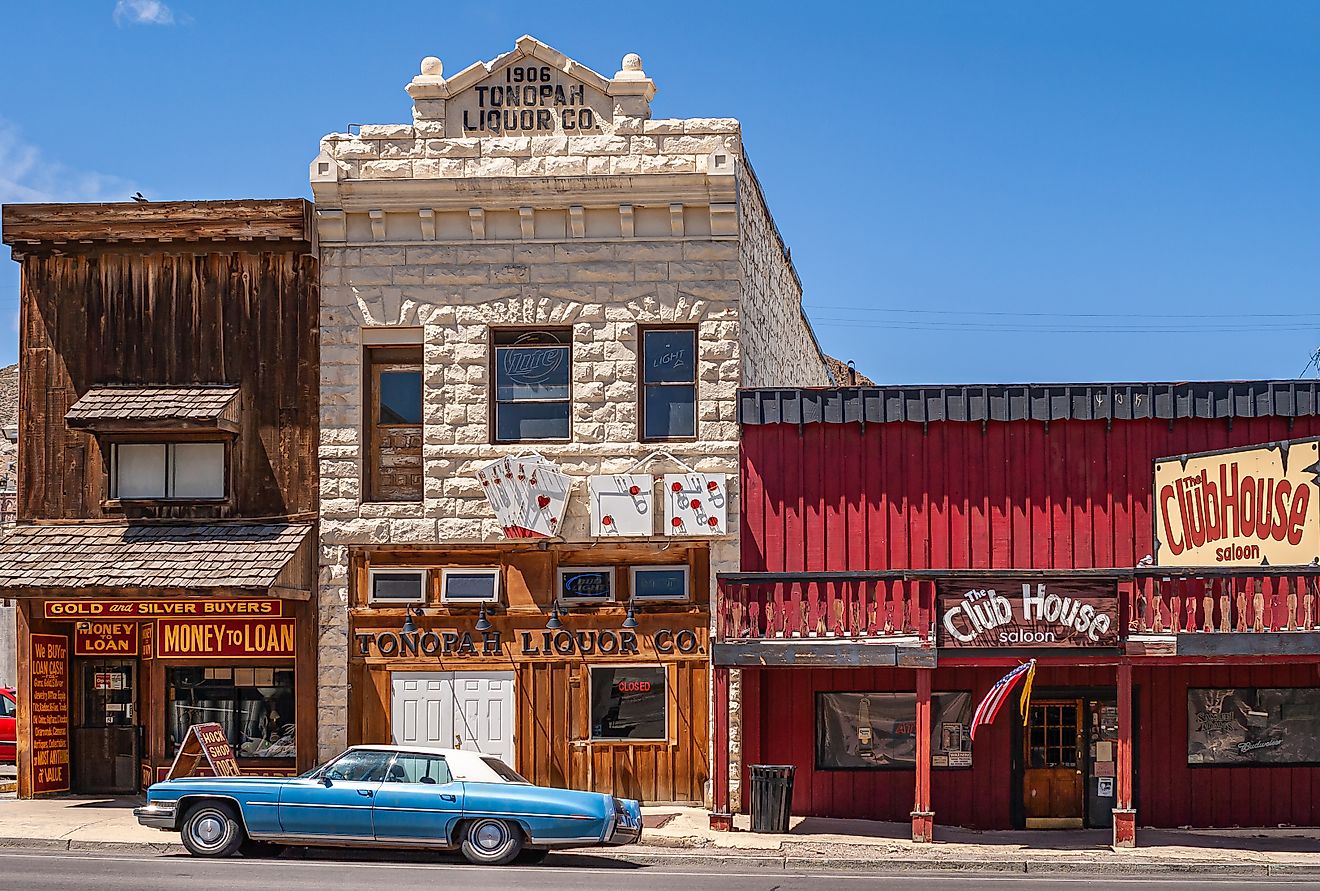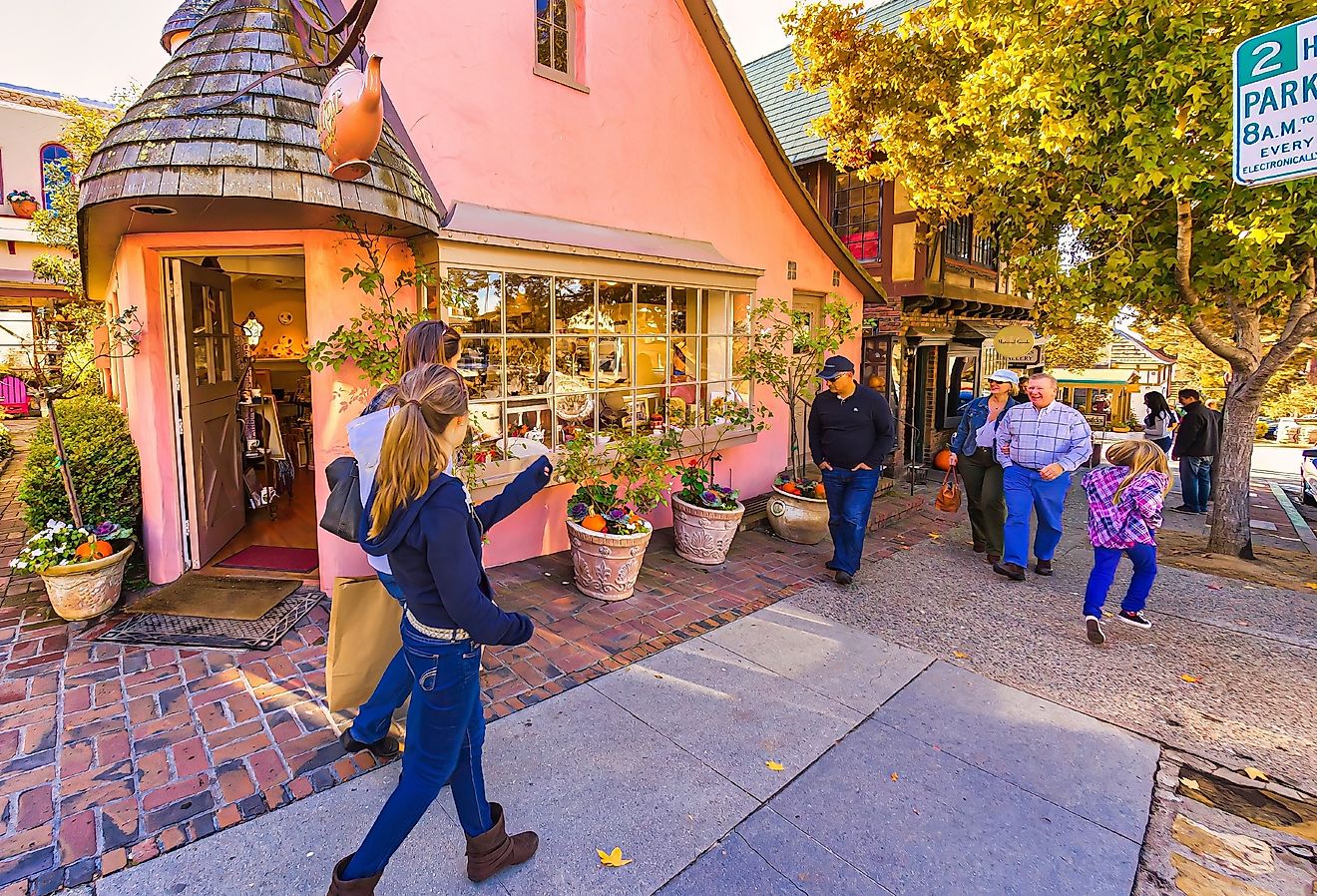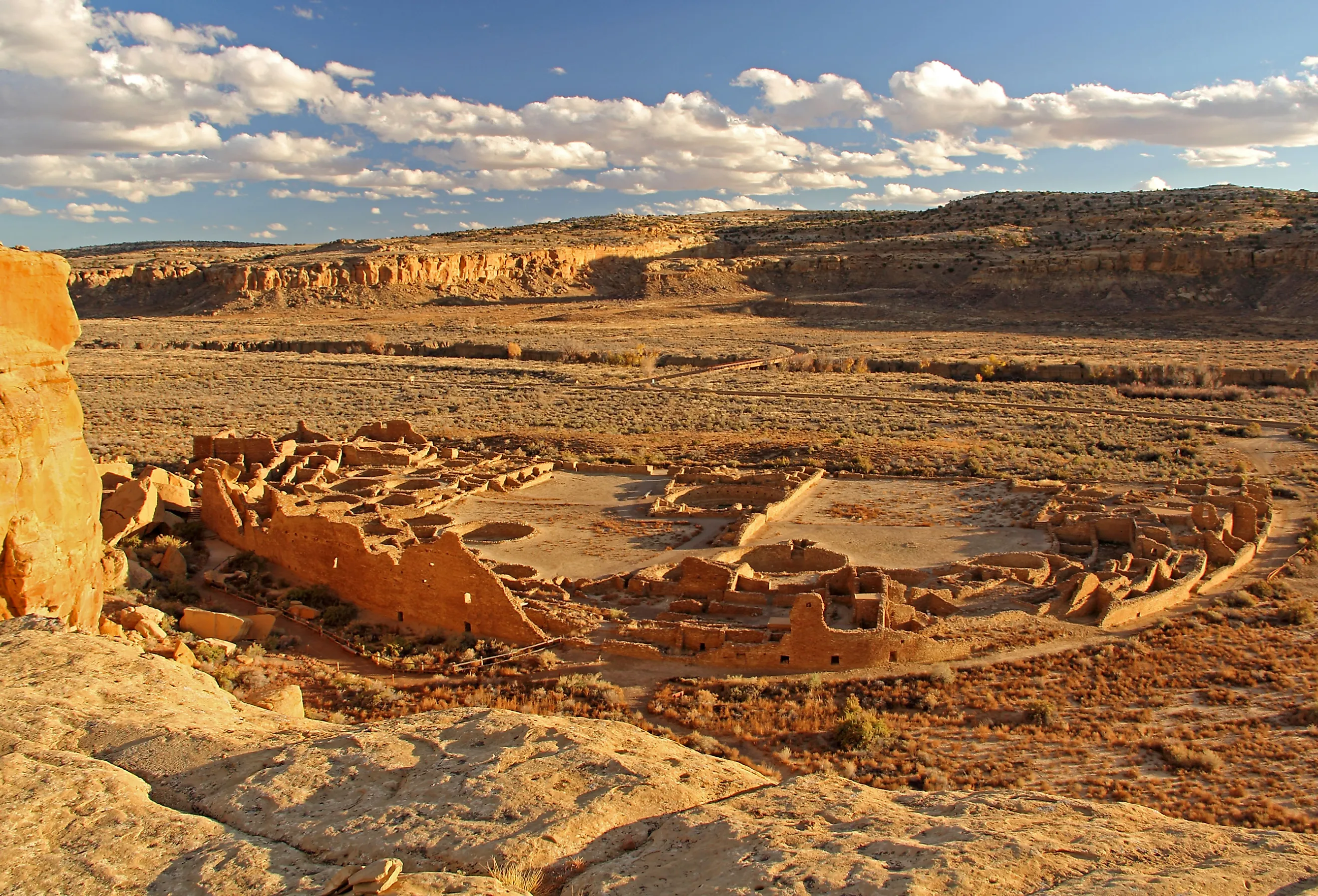
Chaco Culture National Park
The Chaco Culture National Park in New Mexico is a magnificent sight to behold for those interested in the history of Pre-Columbian North America. It is an official UNESCO World Heritage Site and also holds a spot on the National Register of Historic Places. This fascinating area holds abundant clues and relics of the lifestyle and civilizations of the ancient Southwest. With about 4,000 prehistoric and historic archaeological sites to explore, Chaco Culture represents more than 10,000 years of human cultural history in the region. The numerous Great Houses found onsite are the largest pre-Columbian buildings in North America, and you can visit them and take guided educational tours which provide details into the mysteries of the Chacoan world.
History of Chaco Culture
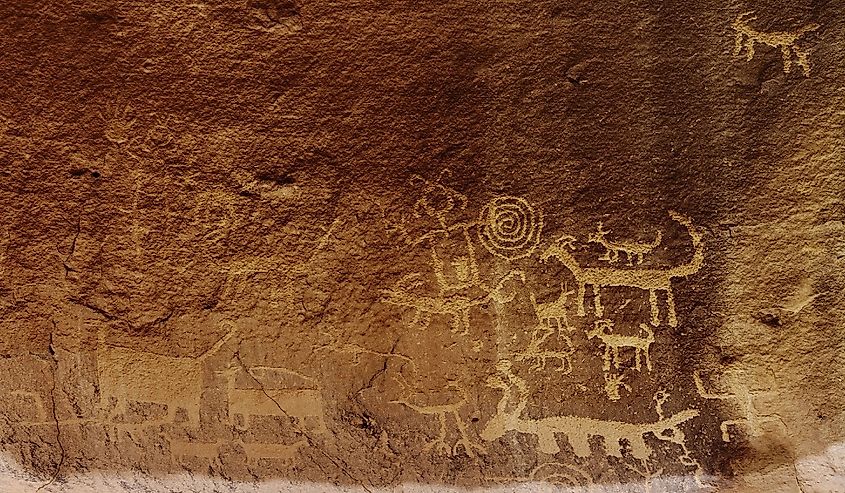
The area that is now the Chaco Culture National Historic Park was once a bustling cultural hub of trade and community for the ancestral Puebloan people of the region. Research suggests that the clans of the Navajo and other Puebloan groups built roots in Chaco Culture in the mid-800s and established it as a central hub for all members of different clans to pass through and connect, somewhere where cultural roots could solidify. Archaeologists believe that this led to a cultural expansion of Chaco culture, which lasted for about 300 years. According to descendants of the Pueblo people, the site served as a meeting place for different clans to come together and share traditions, and knowledge and practice special ceremonies together. Researchers are still unsure of some details of how the site functioned. They can only guess the scale on which it operated, and some theories include that it could have been a trading hub for precious commodities from faraway places, or a distribution center of food and other resources to those experiencing shortages due to environmental issues, which were plentiful in the harsh climates.
Evidence suggests that advanced social communities flourished here and that they excelled in agriculture, architecture, and in other complex subjects such as engineering and astronomy. Furthermore, researchers believe that the economic organization of the place was on a grand scale. It was most likely a regional hub for multiple different communities in Chaco Canyon, pioneering things such as trade networks and roads in the San Juan Basin.
The Great Houses of Chaco Culture
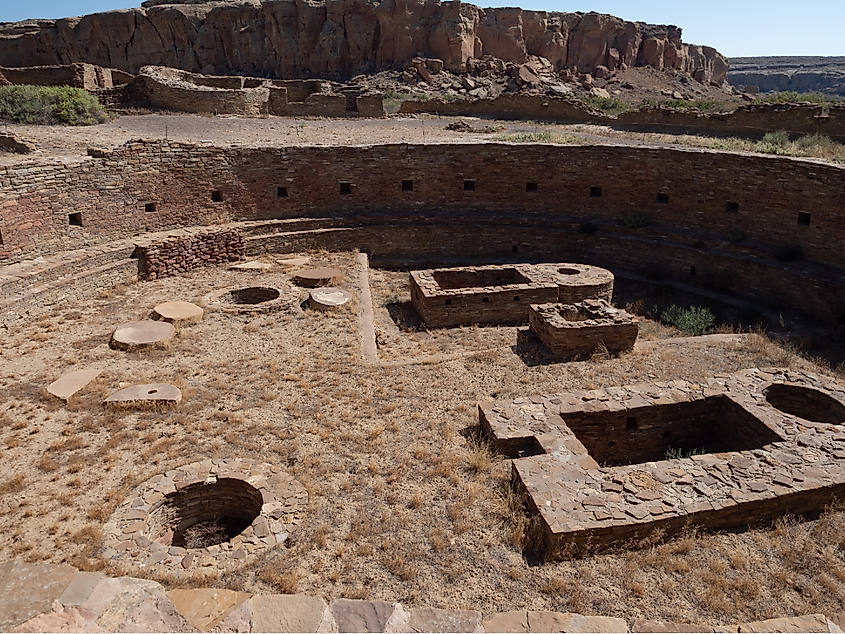
The most prominent part of Chaco Culture National Park is the magnificent Great Houses. There are dozens of them in the park and they are one of the major reasons that the area is a UNESCO Heritage site. The Great Houses each have names, and they are massive stone structures with hundreds of rooms and multiple stories. Some of the larger ones cover several acres of land. Built using stonemasonry techniques that are one-of-a-kind for the time, they are also far more formal looking and larger than the other architecture found in the ancient Southwest. The building process was carefully thought-out, and it seems that the construction of these buildings was planned ahead of time, unlike other buildings at the time. Instead of adding rooms to existing structures as necessary, which was the practice otherwise, the planning seemed to be more intentional with these structures, which took decades or even centuries to complete. They were sometimes even oriented to the sun, moon, and cardinal directions.
Some have kivas, which are round, semi-subterranean rooms dug into the floor. Archaeologists believe that the ones in the great houses functioned as former sleeping quarters or rooms, as well as ceremonial centers and even fire pits with floor vaults and benches. Some of the largest ones are freestanding, such as Casa Rinconada. These ones were most likely for ceremonies, while the smaller ones were most likely used as dwellings.
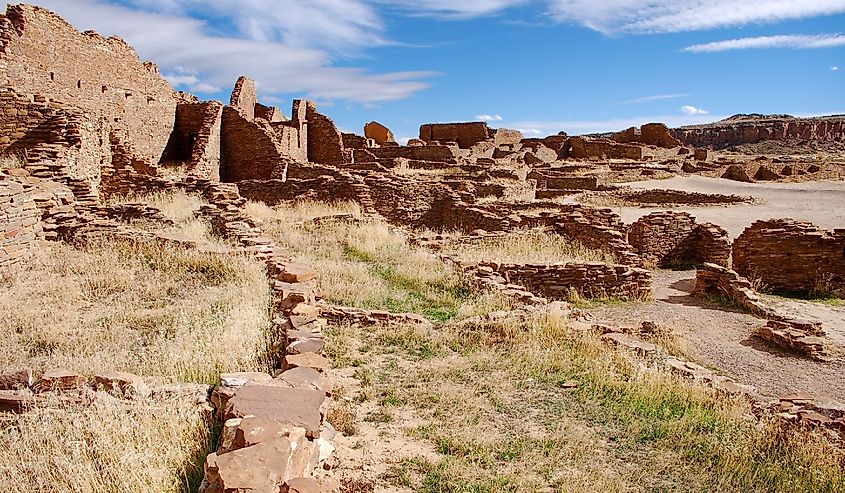
While there is speculation about the uses of the great houses, researchers tend to agree that common people didn't live there, but that the space functioned as public architecture for celebrating ceremonies and special occasions. If there were people who lived in the great houses, they would have been of a higher class than others and would have only accounted for a small percentage of the population. The most important of the Great Houses is Pueblo Bonito, constructed in stages from 850 AD to AD 1150. A round trip walk around the site is about 0.6 miles, which includes some graveled climbs and steep rises. People know it as the center of the Chaco world and culture.
Other important Great Houses in the area are Hungo Pavi, Chetro Ketl, Casa Rinconada, Pueblo de Arroyo, and Una Vida. There is also a Petroglyph Trail that connects Chetro Ketl and Pueblo Bonito which is a highly recommended hike along the cliff face.
Exterior of Chaco Culture’s Great Houses
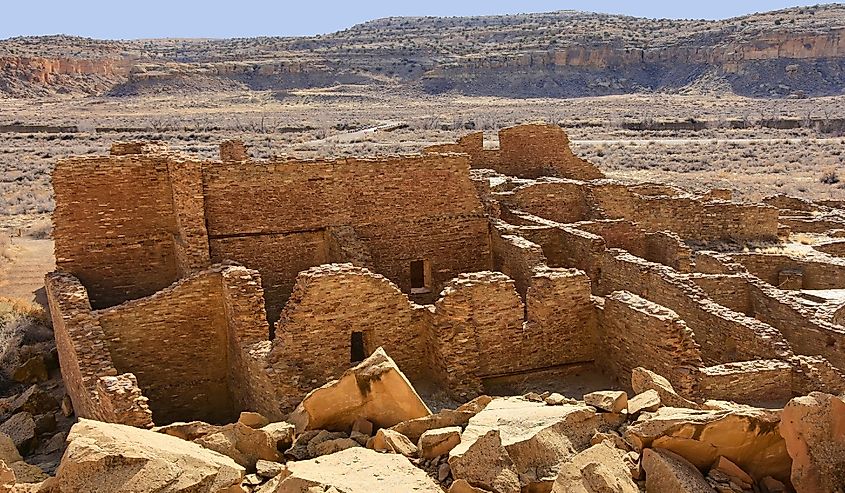
The exterior of the great houses comprises mainly sandstone bricks laid one on top of the other to form walls that are multiple stories high. The early construction was simple, with walls that spanned one stone thick, but which evolved into the grandiose structures that they ended up becoming. The buildings they worked on for generations became more elaborate as time went on. They were originally built with a rubble core, which was later covered with a façade of sandstone slabs that took on a brick-like look. However, the great houses were not exclusively built with stone as they may appear to the naked eye. Excavations show that wood was also hauled from mountain ranges up to 60 miles away. The structures were built out of sandstone as well as wood. They hauled an estimated 225,000 trees to the site to build floors as well as support roofs for all of the buildings. It was the discovery of the lumber onsite that helped archaeologists to date when the structures were first built, and to understand why the construction spanned over generations.
Interior of Chaco Culture’s Great Houses
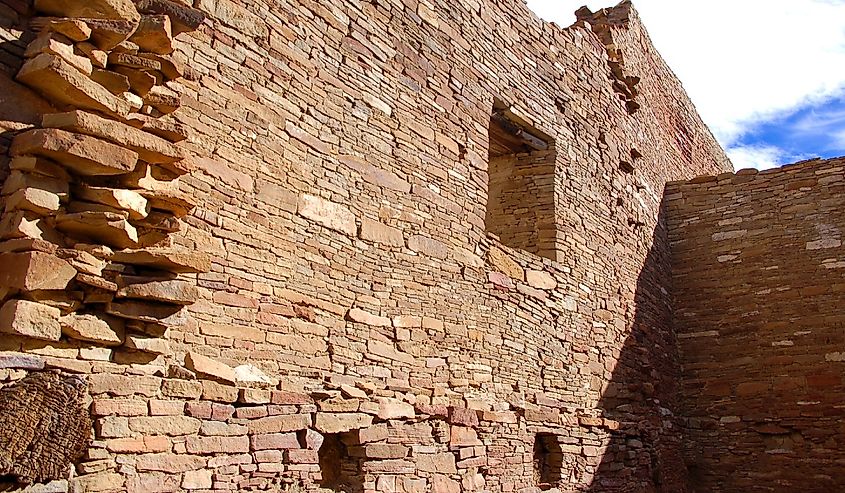
The interiors of all of the great houses have several key features in common, such as room blocks, plazas, and kivas. Room blocks were rooms with four corners that functioned as sleeping quarters, or places for dining, cooking, and storing goods. These are often small, compact spaces built along curved walls or in straight rows along the walls of the house. Plazas are open spaces in the house that served as workspaces or places to trade goods and handcrafted items. Ceremonial dances were also believed to be performed there. The kivas were circular rooms that were dug into the floor and used as ceremonial spaces for prayer, as well as for making fires and as dwellings. The kivas are found in all areas of the great houses and in different rooms. Some of the larger kivas such as at Chetro Ketl, which is the second largest great house in Chaco Culture, cover 5.7 acres.
Visiting Chaco Culture National Park
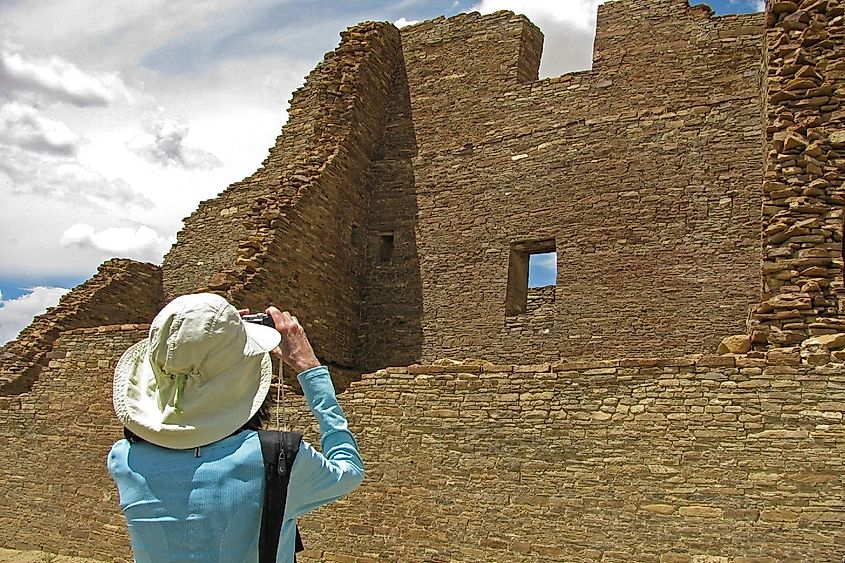
A visit to Chaco Culture National Park is a must for history and nature lovers. It is rich in biodiversity due to being the largest long-term protected natural site in northwestern New Mexico. It is not only scenic, but also offers an opportunity to observe the abundant flora and fauna that is unique to the region, and which have been relatively undisturbed for years.
There is an entrance fee at the door, which varies based on group size and vehicle type. Camping is also allowed, so you can observe the immaculate night sky which is free from urban light pollution. There is also an official Chaco Night Sky Program that focuses on astronomy, which the Pueblo ancestral people had an interest in. The program focuses on observing the night sky as the Puebloans would have, but with a modern approach. There is even an observatory built on-site which 3,000 people visit every year. It teaches about Chacoan connections to the night sky as well as educates people on the basics of astronomy such as how to use a telescope. The program also explores how the Chaco people based their ceremonies on the seasons and the position of the sun and moon in the sky. They also observed the sky for agricultural purposes and noted the change of seasons. You can visit the observatory from April to October and there are special ceremonies held during the Spring and Autumn Equinox as well as the Winter and Summer Solstice.
